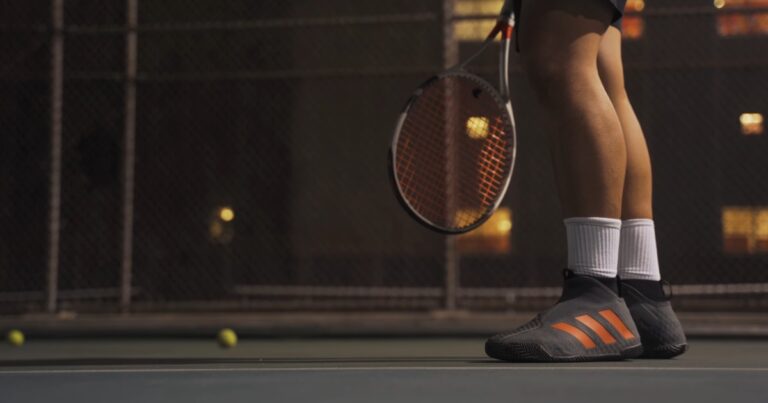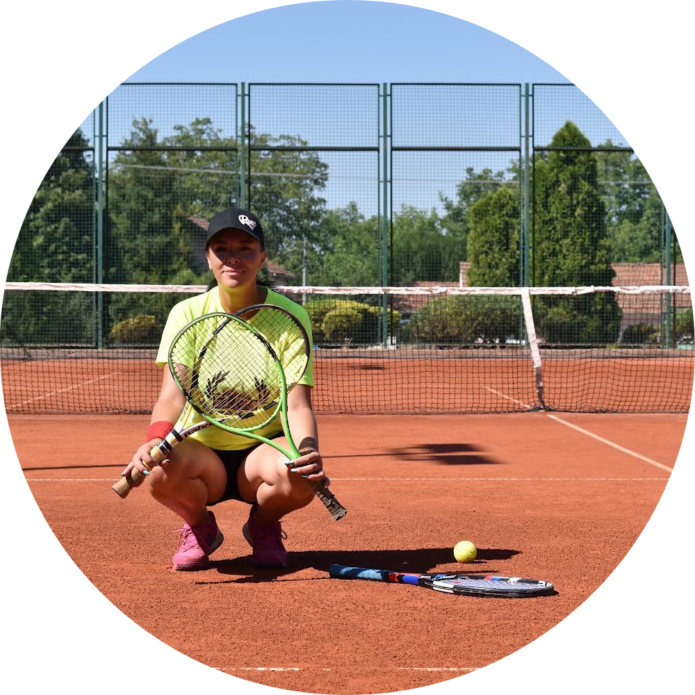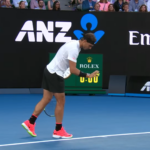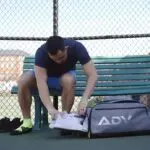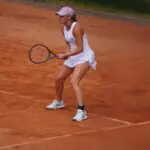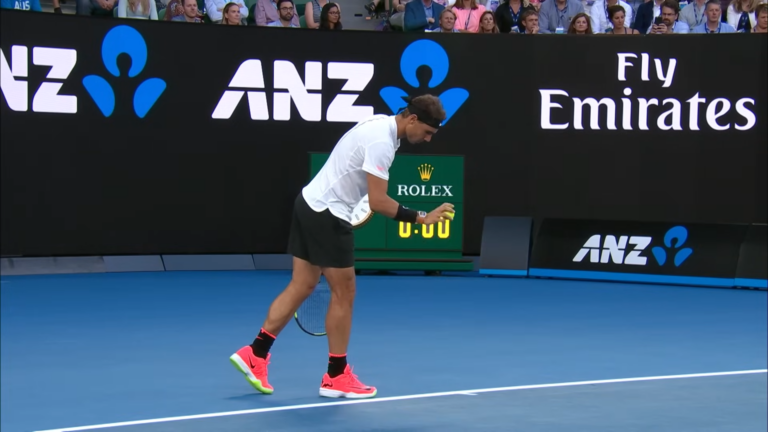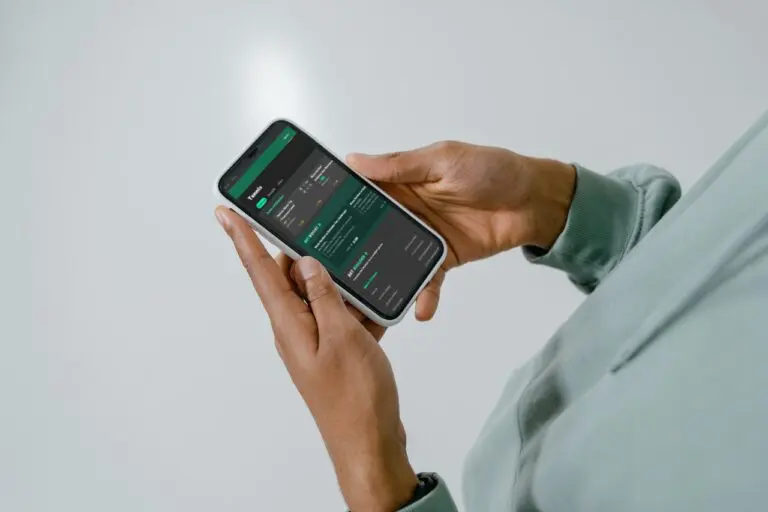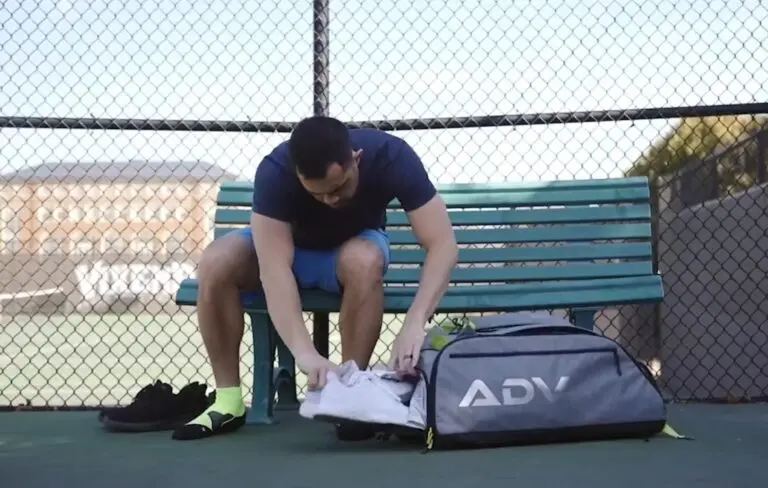There have been dozens of exciting matches in tennis history. Some of them come from the 70s, 80s, and 90s, but one of the most exciting matches was played in 2008 between Roger Federer and Rafel Nadal. We will go through every detail of how it played out, and point out all the drama and excitement that makes this match one of the best.
Before we dive into the details of the match, let us introduce the two protagonists of this epic story: Roger Federer and Rafael Nadal.
Rafael Nadal
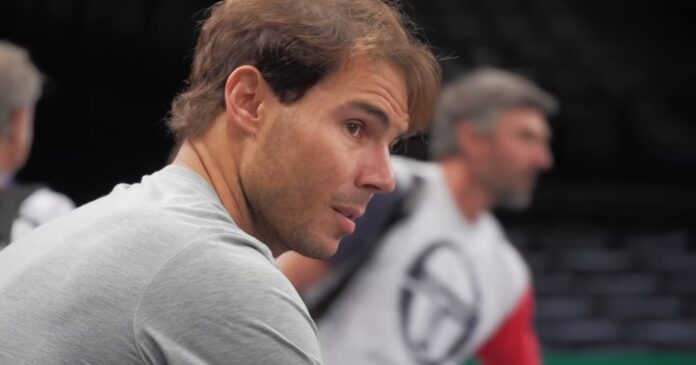
Rafael Nadal (born June 3, 1986, Manacor, Mallorca, Spain) is a Spanish professional tennis player who emerged in the early 21st century as one of the game’s leading competitors, especially noted for his performance on clay. He won a record 14 career French Open championships and was the first player to win 22 Grand Slam men’s singles titles.
Nadal grew up in a sports-minded family; his uncle Miguel Angel Nadal was a professional association football player who competed in the 2002 World Cup. Rafael began playing tennis at age four, guided by another uncle, Toni Nadal, who remained his coach on the professional tour.
In his early years, Nadal (who wrote with his right hand) played left-handed tennis with both a two-handed forehand and backhand. When he was 12, however, his uncle encouraged him to adopt a more conventional left-handed style. Nadal stuck with his two-handed backhand but switched to what became his signature one-handed forehand, the stroke that was credited with lifting him into the sport’s upper echelons.
Rafael Nadal officially started his professional career in 2001 and had appeared in only one Grand Slam tournament as a junior competitor when he reached the semifinals at the 2002 Wimbledon Championships. He began his adult professional career in earnest the next year, breaking into the top 50 in the world.
In 2004 he played a crucial role in Spain’s defeat of the United States in the Davis Cup final. Toppling Andy Roddick – then number two in the world -in a four-set opening-day singles clash, Nadal became the youngest player (at 18 years 6 months) in the history of the international team competition to win a singles match for a victorious country.
At the 2005 French Open, his first Grand Slam event as a seeded player, the 19-year-old Nadal became the first man since Mats Wilander in 1982 to win the title in his debut appearance at Roland Garros. Nadal became the world No. 1 for the first time in 2008 after defeating Federer in a historic Wimbledon final, his first major victory off clay.
He followed up his win with an Olympic singles gold at the 2008 Beijing Olympics. After defeating Djokovic in the 2010 US Open final, then-24-year-old Nadal became the youngest man in the Open Era to achieve the Career Grand Slam, and the first man to win majors on three different surfaces ( hard, grass, and clay) in the same year ( Surface Slam ).
Nadal also won a doubles gold medal at the 2016 Rio de Janeiro Olympics with his friend Marc López and led Spain to five Davis Cup titles in 2004, 2008, 2009, 2011, and 2019.
Roger Federer
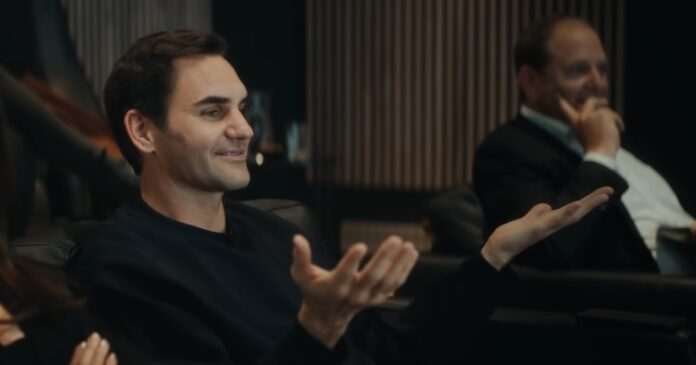
Roger Federer (born August 8, 1981, in Basel, Switzerland) is a Swiss former professional tennis player who dominated the sport in the early 21st century with his exceptional all-around game. He won a record eight Wimbledon titles, and in 2018 he became the first player to claim 20 Grand Slam men’s singles titles.
Federer, who started playing tennis at age eight, became Switzerland’s junior champion when he was 14. In 1998 he captured the Wimbledon junior singles championship and secured the Orange Bowl junior tournament crown in Miami. In the year after Federer made his debut on the Swiss Davis Cup team and became the youngest tennis player (at 18 years 4 months) to end the year among the world’s top 100, finishing that season at number 64. Federer competed at the 2000 Olympic Games in Sydney, advancing to the bronze medal match.
In the 2002 Season, Federer defeated Pete Sampras to reach the quarterfinals, and by the end of 2002, he was ranked number six in the world. In 2003 Federer won his first Grand Slam tournament title, at Wimbledon.
Next season he captured his first Australian Open and his first U.S. Open and defended his Wimbledon title. A gifted shot-maker known for his forehand, he also developed a reputation for composure and sportsmanship. In 2004 Federer was victorious in 11 of the 17 tournaments he played in, and he finished the year ranked number one in the world. His numbers were similarly remarkable in 2005, as he won 11 of 15 tournaments, including Wimbledon and the U.S. Open.
From July 2003 to November 2005 he also won a modern-record 24 straight finals. Federer and Stan Wawrinka led the Switzerland Davis Cup team to their first title in 2014, following their Olympic doubles gold victory at the 2008 Beijing Olympics. Federer also won a silver medal in singles at the 2012 London Olympics, finishing runner-up to Andy Murray.
After a half-year hiatus in late 2016 to recover from knee surgery, Federer returned to tennis, winning three more majors over the next two years, including the 2017 Australian Open over Nadal and an eighth singles title at the 2017 Wimbledon Championships.
The Most Epic Tennis Match in History
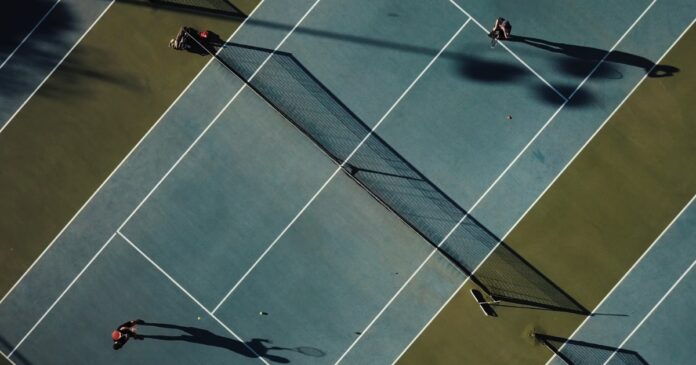
In one of the greatest tennis matches ever played, Rafael Nadal defeated Roger Federer 6–4, 6–4, 6–7 (5–7), 6–7 (8–10), 9–7 to win the 2008 Wimbledon Championships and end Federer’s five-year dominance at the All England Club.
As with all epic things, this match lasted for nearly five hours and was interrupted by rain twice, adding to the drama and suspense of the historic clash. Nadal also became the first man since Bjorn Borg in 1980 to win the French Open and Wimbledon titles in the same year, completing his career Grand Slam at the age of 22.
The match started with Nadal breaking Federer’s serve in the third game and holding his own to take the first set 6–4. The Spaniard continued his momentum in the second set, breaking Federer again in the fifth game and saving two break points in the next game to go up 4–2. Nadal then held his serve for the rest of the set and clinched it 6–4 with a forehand winner.
The third set was more evenly contested, as both players held their serve until the tiebreak. Federer had a set point at 6–5, but Nadal saved it with a backhand volley. Nadal then had a match point at 7–6, but Federer saved it with a backhand pass. Federer finally won the set 7–6 (7–5) with an ace, keeping his hopes alive.
The fourth set was even more dramatic, as both players exchanged breaks in the eighth and ninth games, and then held their serve to force another tiebreak. The tiebreak was a roller-coaster ride, as both players had multiple set points and match points, but neither could convert them.
Federer saved two match points at 5–6 and 6–7 with a forehand winner and a service winner, while Nadal saved two set points at 7–8 and 9–10 with a backhand pass and a forehand pass. Federer finally won the set 7–6 (10–8) with a forehand volley, sending the match into a fifth and deciding set.
The fifth set was a test of endurance, skill, and nerve, as both players refused to give up. The set was delayed by rain for 25 minutes at 2–2, adding to the tension and drama. Not even the best gambling sites like WeGamble could have predicted what would happen next. The odds were changing all the time!
After the resumption, both players held their serve until 7–7, with Federer saving a breakpoint at 4–4 and Nadal saving two breakpoints at 5–5. The decisive moment came in the 15th game, when Nadal broke Federer’s serve with a forehand pass to go up 8–7.
Nadal then served for the match and the title, and after a long rally, he hit a backhand passing shot that Federer could not return. Nadal fell to the ground in joy and disbelief, while Federer walked to the net to congratulate him. The final score was 6–4, 6–4, 6–7 (5–7), 6–7 (8–10), 9–7 in Nadal’s favor.
The match was hailed by many as the best tennis match of all time, and it marked a turning point in the Federer-Nadal rivalry, as Nadal proved that he could beat Federer on any surface and in any situation.
The match also showcased the contrast and the similarity between the two players, as they displayed their different styles, strengths, and weaknesses, but also their common traits of determination, resilience, and sportsmanship. The match was a classic that will be remembered and celebrated for generations to come.
Will there be better matches in the future? Of course! There is so much talent and old veterans out there ( Novak vs Alcaraz) and surely we will be delighted to watch one live or in front of the TV!
Related:
- 18 Best Tennis Racquets 2024 - Exclusive Reviews &…
- 20 Best Tennis Shoes 2024 - Stylish and Athletic
- 15 Best Tennis Racquet for Beginners & Intermediate…
- Top 16 Best Pickleball Paddle 2024 - Step Up Your Game
- Top 19 Best Tennis Bags 2024 [Unbiased Reviews]
- 10 Best Pickleball Shoes 2024 - Men & Women Top Picks

